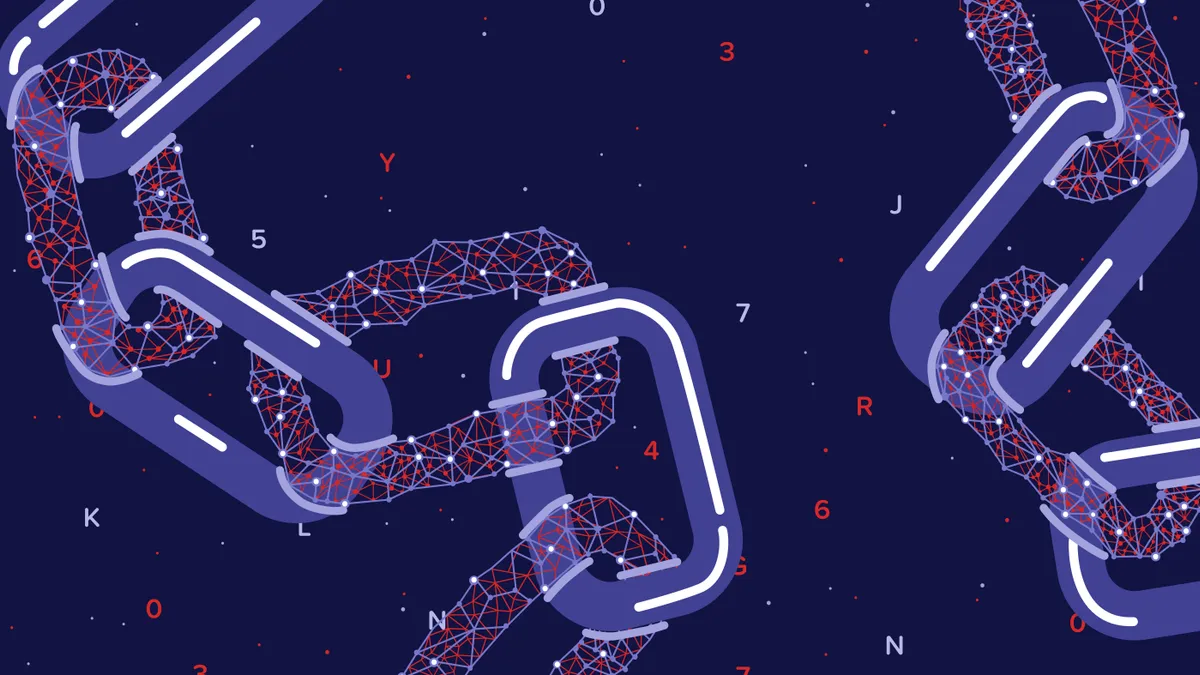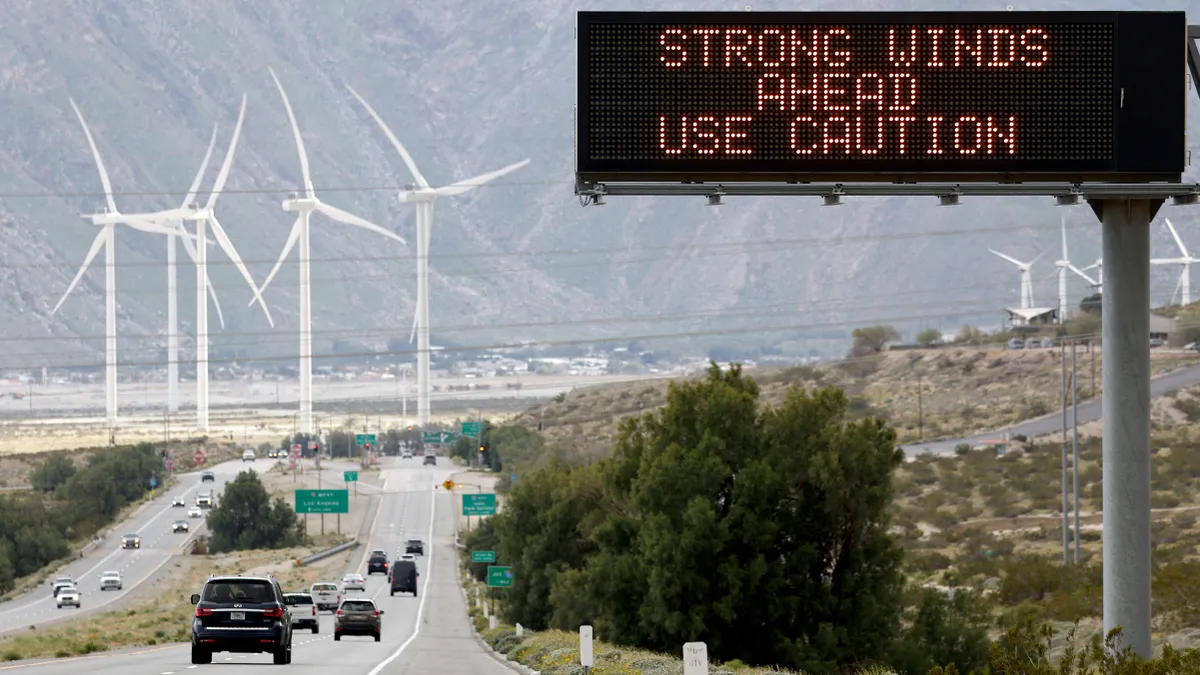The following is a viewpoint by Benjamin L. Gerber, Executive Director at Midwest Renewable Energy Tracking System, a web-based platform that issues a unique, traceable digital certificate for every megawatt-hour of renewable energy generated by registered generators in any state or province in North America.
Blockchain advocates at their best are enthusiastic, dedicated and often gifted entrepreneurs who want to make a difference. I am continually impressed with the level of talent from many of the energy blockchain enthusiasts I meet and sometimes even have the pleasure of debating at conferences around the world.
However, at their worst, they are the modern snake oil salesmen that commit securities fraud and in the most egregious cases bilk unwitting investors out of millions by asking for donations to fund worthless initial coin offerings (ICO).
According to the Financial Industry Regulatory Authority, "blockchain, also known as distributed ledger technology (DLT), functions through the participation of multiple individuals. Each "block" in a chain is comprised of a series of records secured by cryptography that describe preceding and current transaction data.
DLT can use a public or private network. "Any data stored on a public network is visible to all network participants, in encrypted form" and the record is maintained by network participants and there is no central authority. A private chain requires a network administrator that grants permission to individuals that then have access to the network.
Spotting the blockchain hype
The common blockchain promotion article is easy to spot and replicated across the internet. The article starts out by making unsubstantiated statements that blockchain can solve the energy industries' problems more cost effectively, transparently and democratically than traditional technology (e.g., centralized databases). It then usually picks 1-3 areas of the energy world that it states are ripe for a blockchain revolution.
I must immediately concede the democratic point, as a pure distributed ledger at its core, should be about as pure of a democratic operation as possible. While great in theory, in practice, it usually does not work out as promised.
As can be seen with most institutions throughout history, human beings need rules, which is why our complicated society requires many third-party intermediaries that validate a given source of truth to prevent ourselves from our worst human inclinations. The same is true of distributed ledger systems. That is why organizations like L03 are using a "private, permissioned blockchain" for their Exergy product.
At its core, a group of people decide what the permissions are and who has access, much like today's centralized databases. That is beginning to sound like a third-party administered database.
Note in the article Why blockchain will power the new energy network how the author states that a centralized database "adds millions in additional transaction costs and makes full transparency between market actors almost impossible." However, the author goes on to give examples of permissioned private blockchains. At this time, a permissioned private blockchain is just a very expensive way to manage a traditional database and sell it as new technology.
A transactive future?
Transactive energy is often promoted as the future of blockchain in energy. The story starts with data that shows people want to buy local renewable energy — especially if it is from their neighbors. I do not doubt those surveys, nor do I think this is a particularly bad thing for people to want. However, in practice, it is much more complicated.
For example, a change to a local market facilitated by blockchain would require changing net metering — which regardless of your position on this is a political minefield. This change would also require substantial updates to the traditional or restructured utility model across much of the country. It would also involve utility customers or artificial intelligence — or some mixture of both — to set prices, geographic limits, price floors and ceilings, etc. to maximize the value on both sides of the transaction.
Assuming rational market actors, in the end, it is probably a lot of effort for little to no benefit for the producer and consumer after deducting the costs to manage the systems.
All the pro blockchain articles ultimately point out renewable energy credit (REC) markets as the number one target for distributed ledger disruption. First, it is important to note that REC markets were created intentionally through complicated legislative and regulatory processes. Some of the gripes I have encountered while running a REC tracking system are that bilateral transaction prices are not public, import/export is not available between all systems, fees are not transparent or uniform within and between systems, or that they are too expensive relative to the commodity value.
These are all human/organizationally created problems and not created by a specific technology choice. If the desire is to truly solve those problems identified by the many articles, the solution lies in a cultural shift and not necessarily in a new technology. The organization I run is actively trying to innovate and address many of the issues facing the industry.
Of the many misrepresentations I read about how blockchain can change REC markets, the promotion of data integrity is most concerning to me.
Garbage-In-Garbage-Out
As a technology, blockchain does not solve for the Garbage-In-Garbage-Out (GIGO) problem. Just because something is recorded on a blockchain does not make the data more reliable.
The enthusiasts often claim that because blockchains are immutable, the data is more reliable. However, as someone that administers a REC tracking system, I know that the data reported by the RTO can and sometimes does change between the initial reporting date and a later settlement date. This is common knowledge among those that administer REC systems.
However, once a block is created, it is much harder or impossible to change. That is not always a positive thing in the REC industry and it does not produce better data. The immutability touted as a benefit may actual become a huge problem.
While a recent article correctly points out that paper attestations are still used in REC markets to verify information, that is a choice made by parties to avoid the low cost of REC tracking systems.
I hear often if a commodity is only worth 30 cents, why would I pay even 1 cent to track it. I cannot figure out how a blockchain system will verify information at a lower cost than a centralized database and convince people to forego paper attestations as long as they are legal and accepted.
Again, this is a human problem and not a technology problem. This is why organizations like the International REC Standard are working in countries around the world to promote a consistent approach to REC issuance and tracking.
Avoiding confusion
It is important that the blockchain industry start getting serious about the way they communicate the technology. Overstating the uniqueness of the technology and continuing to make unsubstantiated cost savings claims will only heighten the confusion surrounding the industry.
A great example is found in Why blockchain will power the new energy network where the author states the Hyperledger Fabric will provide grid operators, "the ability to act on the information instantaneously and, perhaps in the future, automatically."
Databases — whether they are distributed or centralized — do not permit instantaneous responses or automated responses without associated control software. The author makes a great point about what the grid of the future may look like but inappropriately ties it to blockchain.
The same can be said regarding many other claims about smart contracts, which is just computer code that executes agreed upon if/then statements that already exist in centralized databases like many of the existing REC tracking systems.
Predictably, the response to this article will be, "But this project will change that," or "New technology will limit or eliminate that undesired outcome." And that is possibly true. I am rooting for these companies to prove me wrong.
The technology revolution has been slow to come to the energy world and I am in no way saying innovations or even discussions on how to innovate should be silenced. However, if we are going to change a complicated industry, we need to clearly define and acknowledge our problem before we jump on a specific technology solution.
In the end, I do believe blockchain can help the energy industry. One specific use case that blockchain can improve upon is to build a blockchain REC exchange that can connect to existing REC registries that will allow users to execute trades electronically — eliminating the need for letters of credit and back office settlement work. Blockchain could also prove useful in grid management.
As the technology develops, I believe it will become more clear, however, we are still many years away from truly understanding how this technology will impact the industry.
I remain skeptical at this time of the way in which proponents discuss the technology and the solutions proposed. Self-policing is a start; however, I remain concerned when I continue to see unsupported bold misrepresentations regarding what the technology can do now and that blockchain is cheaper, safer and fraud proof continually repeated in the media, at industry gatherings and by institutions.





















